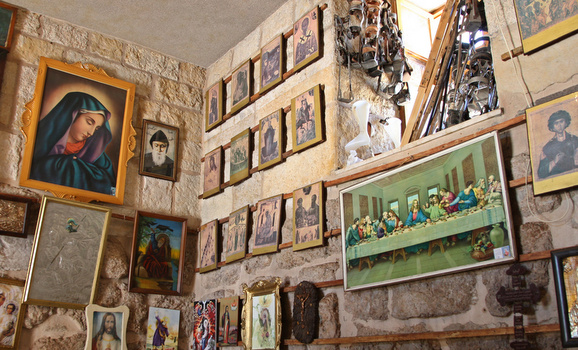
.- It was the end of March when the violence in Syria became unbearable for Salwa, a young mother who lived in the besieged city of Homs with her husband and four children.
After more than a year of almost daily bloodshed, she and her family left behind everything they owned, and fled Syria with nothing more than the clothes they were wearing.
They crossed the border into neighboring Jordan, where they finally found safety in the town of Mafraq. There, with the help of Catholic Relief Services, Caritas Jordan is helping families like Salwa’s get through the crisis.
Salwa told Caritas Jordan volunteers that she’s grateful her family is safe, but that her children are still fearful. “Whenever they hear fireworks—often part of local wedding celebrations in Jordan—they fear that the violence has followed them from their home in Syria to Jordan.”
CRS helps thousands of Syrians affected by crisis
The violence that erupted in Syria in March 2011 has spiraled into a tumultuous, terrifying conflict and has led to paralyzing fear for innocent civilians—many of them women, children and the elderly. It’s unclear exactly how many Syrians have been displaced by the fighting, but the United Nations estimated at the end of May that at least 500,000 Syrians had fled their homes for the safety of neighboring countries.








